The First World Irrigation Forum in Mardin, Turkey, gives us a chance to take stock on how irrigated agriculture is performing and its role in meeting future demands for food.
In agricultural water management, we often appear to be talking about the same issues as three decades ago – low productivity, degraded lands and deteriorating resources, particularly groundwater. We are still looking for a breakthrough at a time when one in seven people, according to the U.N., still lack access to adequate food or are chronically malnourished.
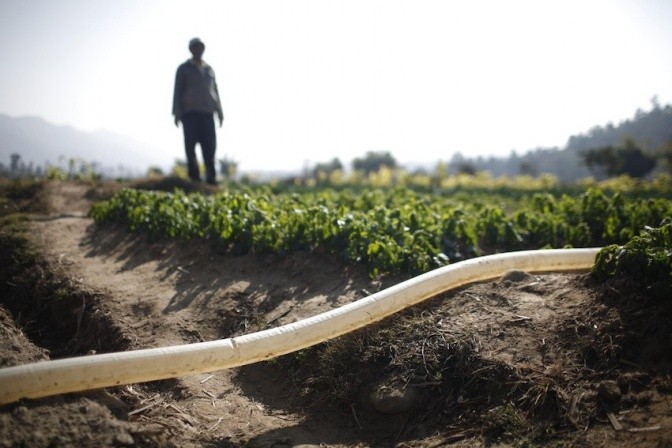 Photo: Tom van Cakenberghe / IWMI
Photo: Tom van Cakenberghe / IWMIWe know there are numerous examples around the world of crop productivity increases and high levels of irrigation efficiency, and we have a far better understanding of the agronomic constraints. Improvements over the past five decades have been impressive, with both staple food production and global food productivity tripling. Still, these growth rates are insufficient to meet future demand without converting a significant amount of land into agricultural production.
Potential game changers have been identified to tackle these daunting challenges. They include: improve water management on farms through “sustainable intensification,” revitalize irrigation canals, remediate saline areas, combine rain water and irrigated water strategies to extend crop seasons, and reuse water. The keys are getting incentives right, changing mindsets, and overcoming political obstacles.
Our tendency is still to compartmentalize problems based on our institutional backgrounds and specialties rather than look across a broader suite of options. But we no longer can afford to look at issues in isolation.
CGIAR’s new Research Program on Water, Land and Ecosystems (WLE), led by IWMI, is an example of a holistic approach. IWMI is working with a dozen core partners to strengthen irrigation systems while maintaining vital ecosystem functions. Objectives include helping tens of millions of farmers use resources more efficiently, reduce their risk against the vagaries of nature, and restore the productive capacity of degraded land.
The overarching goal is to contribute to the world’s increasing food demands in ways that can be sustained. We refer to that as “sustainable intensification,” or producing more from the same area of land and the same volume of water while limiting environmental impacts. Within that framework, aquifer recharge, soil moisture retention, rainwater harvesting, small on-farm ponds and large reservoirs each have a place depending on the context.
What if farmers were able to grow crops year-round? What if we could restore degraded lands and bring abandoned salinized land back into production? What if waste and used water could have a second life in agriculture? What if excess water during floods could be stored in natural and man-made systems and used during droughts?
Those are the kinds of questions WLE researchers are probing in the Eastern Gangetic Plains in South Asia where groundwater is actually an under-developed resource. Solutions are complex, and will require boosting the reliability of water supplies through a combination of rain water, canal water and groundwater, improving energy supplies, removing red-tape to groundwater development, encouraging women farmers, and establishing micro-finance options to support groundwater pump investments.
IWMI researchers have a good track record in recommending incentives and solutions that work.
In West Bengal, India, an IWMI study helped persuade the government to stimulate groundwater development by scrapping an outdated small pump permit system, and give farmers one-time financial assistance for metered electric pumps.
In Gujarat, India, IWMI responded to the twin problems of groundwater over-pumping and onerous farm power subsidies with a successful push for the government to build a separate tamperproof electric line to farms and enforce daily power rations.
In Zambia, the IWMI-led AgWater Solutions project worked to bolster small-scale farming by advocating the removal of high tariffs on small motorized pumps.
In sum, while challenges are daunting, there is room for optimism that breakthroughs are possible for irrigated agriculture – if game changers are pursued with the right incentives.



















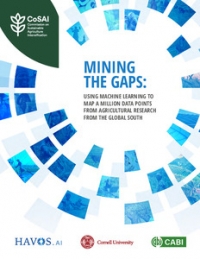
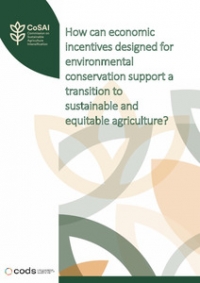
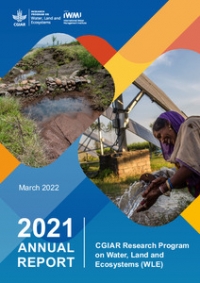
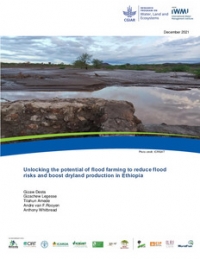
Comments
Actually in many areas over tapping of groundwater is causing problem,further there is problem of arsenic and floride.It is nice to find suggestions to facilitate more coverage.But there is need for development appropriate packages of practice by choosing crops/varities and cheap method of water conservation and use for large coverage of area under irrigation.